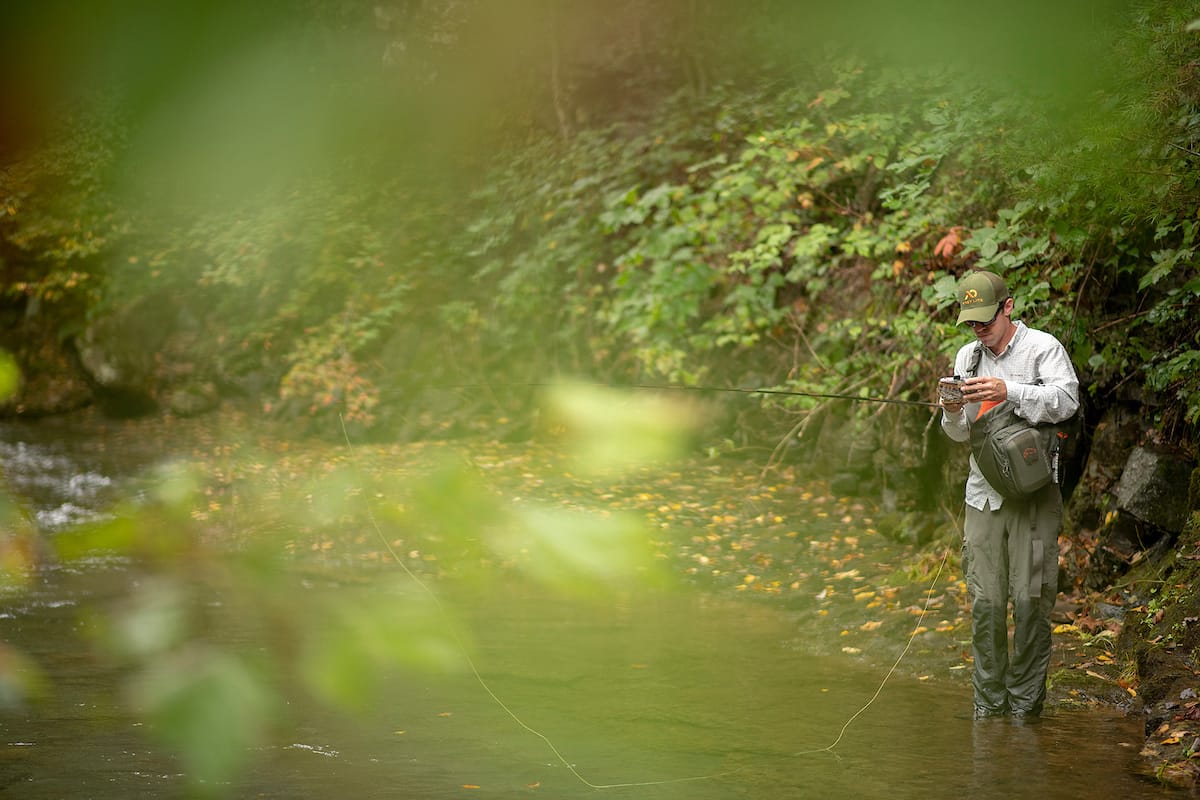“He was right!”
My friend Sam Dean exclaimed this as the 10-inch wild rainbow jumped around the small pool trying to throw Sam’s size 16 Copper John nymph, which it had mistaken for actual food.
“He” was the guy who had told me a while back that a certain non-trout-looking creek was actually quite trout-y.
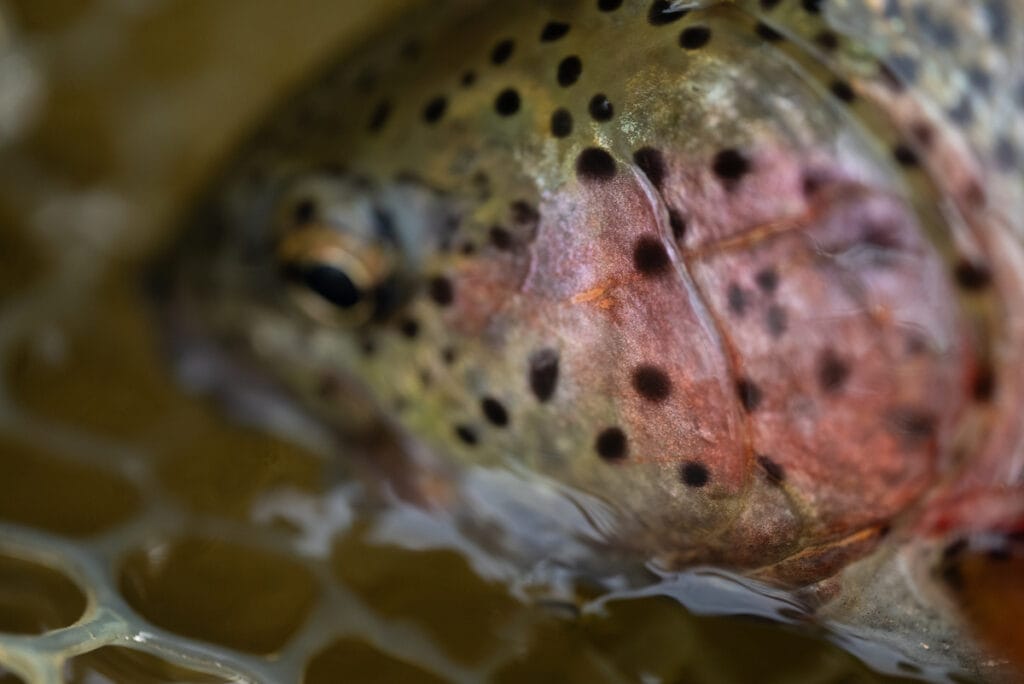
“Next time you’re out that way you should try it,” said Bronson Brown, a TU volunteer leader from West Virginia whom I met a few years ago at a cleanup on West Virginia’s Elkhorn Creek. “The fish aren’t really big, but they’re fun.”
Fishing and journalism — two things I’ve spent a fair bit of time with — have some things in common. Tips are important. But when you get a tip, you need to consider the source. And, if it sounds too good to be true, it probably isn’t true.
Bronson’s tip checked the boxes. He’s trustworthy and he didn’t oversell the place. The same applied to a tip I’d gotten from another friend, Jason Hill, who works for Virginia’s Department of Environmental Quality.
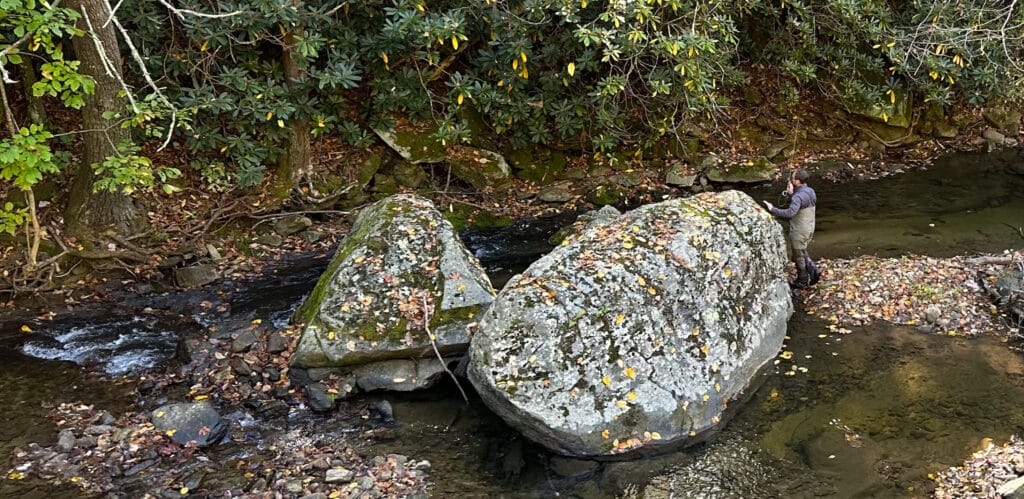
So, one day when Sam and I had some time to fish but not enough time to load up the raft for an all-day float, we decided to do a little digging, as the journalism saying goes, with fly rods in hand.
With maps and apps at hand, we pointed the truck toward the first spot, high in the headwaters of one of Virginia’s larger river systems.
“What if it turns out this place has been right under our noses for the last 25 years,” Sam asked, laughing.
The first stop looked promising, at least on paper. The stream was accessible from a bridge, and there were the kinds of bends that create nice pools both upstream and downstream.
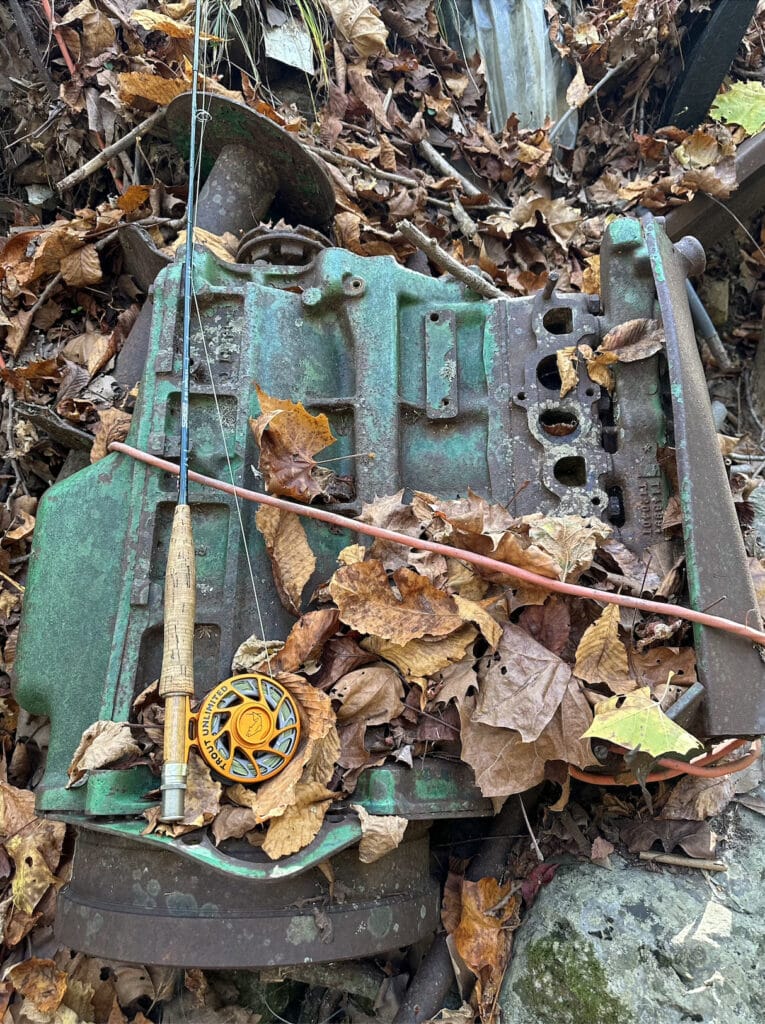
The reality was disappointing. The creek was wide, shallow and devoid of cover. Small minnows slapped at our little dries, but we both knew that this wasn’t trout water. At least not here.
Up the watershed we went, eventually parking at a pullout as the road climbed from a placid valley into a steep canyon. From the road, the stream seemed favorable, plunging from pool to pool.
A newly constructed cabin sat on the bank near one such pool, another good sign. And there was the actual sign: an official notice from the Virginia Department of Wildlife Resources addressed to “Trout Anglers.”
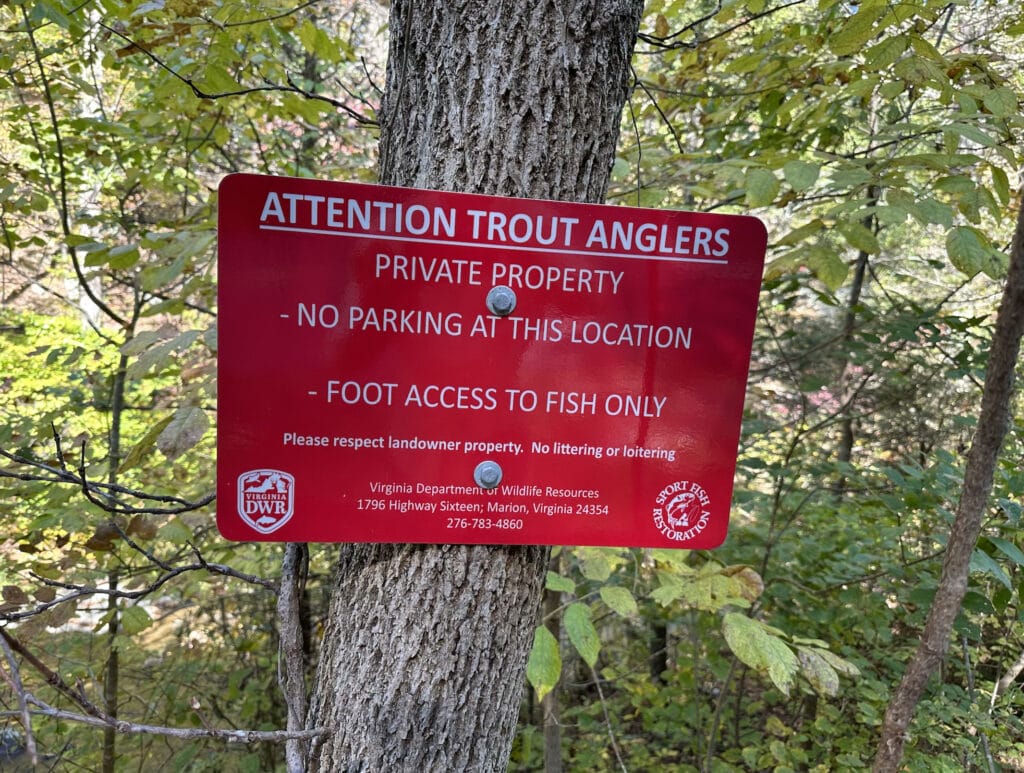
An hour of effort produced nothing, however. If there were trout there, which there no doubt are, they weren’t in an eating mood.
“Do we keep trying around here?” I asked Sam. “Or should we give that other spot a shot?
I knew which way I was leaning, and Sam was leaning that way, too.
The next stream didn’t look as good as the previous one. It was low, slow and crystal clear. But there were some decent pools and it was cold. Really cold.
We covered probably a half-mile of stream over the next couple of hours. Every pool that should have held trout did. The clear, low water made it tough. But we managed to connect with a few wild rainbows in the 9- to 10-inch range. We saw fish that might have pushed 12 inches.
It didn’t blow us away, but neither did it disappoint.
Sam and I agreed that it might not be worth a specific trip, but certainly worth a stop when in the area.
We all know anglers like to protect their secret spots. It’s special when one is generous enough to share. I’m grateful when someone entrusts me with information they may have worked hard to come by.
Next time I talk to Bronson I’ll throw him a tip. Jason, too. They both earned it. And I know they’ll appreciate and respect my tip like I have theirs.



